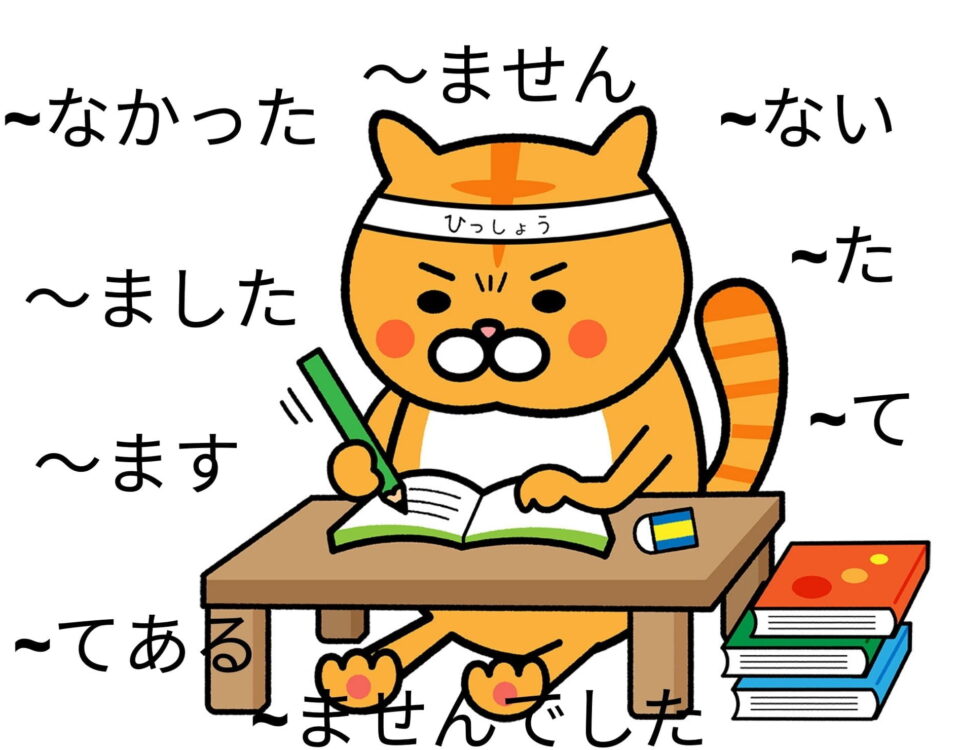We are going to try to put the most common and essential Japanese phrases for introduce yourself in japanese, whether you are studying there or if you are traveling to Japan for a few days, they will be useful (with examples).
HOW TO INTRODUCE YOURSELF IN JAPANESE AND WHAT IS JIKOSHOKAI
In Japan, the set of greetings is called jikoshokai (自己紹介)
First of all, there are some things that you have to know and respect systematically whenever you are introduced to someone, it is difficult to get used to for someone who is not from there, especially if you are affectionate:
- Avoid all physical contact with the person we are introduced to: no handshakes, kisses or hugs.
- To make a nod of the head to greet the interlocutor.
- Say hajimemashite (delighted) to start the conversation.
- Responding “yoroshiku onegaishimasu” (“I place myself in your hands”) after an oral exchange.
- Slightly bow your head to excuse yourself and say sumimasen.
*It can be produced in several ways: Introducing yourself or someone asking your name. Let’s look at the two examples:
Self-presentation in Japanese

- Hajimemashite (はじめまして) , could be translated as enchanted, although it is not literal. The most literal translation of the term hajimemashite would be beginning, as it comes from the verb hajimeru which means to begin.
When this word is pronounced, the head should be lowered slightly.
- Watashi wa…. here your name…….. desu ( 私は… here your name….です) the pronoun watashi 私 should be written in Kanji, especially if it is a formal letter, although if you are a foreigner and don’t know much, the Japanese don’t mind if we write everything in hiragana.
TO SAY YOUR NAME IN JAPANESE YOU MUST SAY IT IN JAPANESE MODE, AND IF YOU WANT TO WRITE IT USE KATAKANA, SEE THIS ARTICLE.
- Yoroshiku onegai shimasu» (よろしくおねがいします) It is not possible to translate this phrase into English, but this expression is generic and can be used on numerous occasions.
For example, before starting a business meeting in a company: in this case, the expression would be used to thank the audience for their attendance, the people who participate, etc.
What to do if they ask you your name in Japanese or start introducing themselves to you
- o namae wa nan desu ka (おなまえはなんですか), What is your name?, they use it to ask for your name, but you can also use it to ask for theirs.
- kochira koso yoroshiku onegaishimasu (こちらこそよろしくお願いします), the person who has started the conversation will say yoroshiku onegaishimasu, and you should reply with this phrase of kochira koso yoroshiku onegaishimasu, (something like equally) with this, you express the reciprocity of feelings when meeting someone, and express the wish for more encounters.
HOW TO USE HONORIFICS IN JAPANESE | INTRODUCE YOURSELF IN JAPANESE
Regarding titles to address other people, and not to introduce oneself, in Japanese there are several:
- San: When you want to be respectful
- Sama: used in formal situations (letters, e-mails to an important person, etc.)
- Kun: is used in manager-employee relationships for people who know each other well.
- Chan: is used for children.
- Sensei: is used for qualified professions, such as teacher, lawyer, doctor, etc.
BEST TO CHECK OUT THIS EXTENSIVE ARTICLE ON JAPANESE HONORIFICS TO FIND OUT ALL ABOUT THEM.
After calling someone by their surname, it is necessary to add the locution san. This is because in Japanese culture, it is rude to call someone only by their last name, even if you are a foreigner.

HOW TO SAY YOUR NATIONALITY IN JAPANESE, MY COUNTRY IN JAPANESE | INTRODUCE YOURSELF IN JAPANESE
Well now that you know how to start a conversation (Hajimemashite), end it by thanking the speaker (“yoroshiku onegaishimasu”) and say your first and last name, now let’s learn expressions of other topics. You can learn how to say where you live, your nationality, your profession, your age, your hobbies, etc.
In my case, I am Spanish so it would be:
- (Watashi wa Supeinjin desu) 私はスペイン語です (I am Spanish)
1.First, you have to write the name of the country in Japanese.
2.We will add the kanji 人 hito (person). When we refer to nationalities it is read as ”Jin”.
3.Examples of other nationalities 国籍:
- Mexico: メ キ シ コ人 MekishikoJin
- German: ドイツ人 Doitsujin
- American: アメリカ人 Amerikajin
- English: イギリス人 Igirisujin
- Chinese: 中国人 Chūgokujin
- French: フランス語 Furansujin
- Italian: イタリア人 Itariajin
PARA VER TODAS LAS NACIONALIDADES Y PAÍSES EN JAPONÉS PINCHA AQUÍ
HOW TO SAY YOUR PROFESSION OR JOB IN JAPANESE, PROFESSIONS IN JAPANESE, PROFESSIONS IN JAPANESE
- Anata no shigoto wa nanidesu ka あなたの仕事は何ですか what is your job?
Summary table with professions in Japanese
| 日本語 | スペイン語 |
| がくせい | Student |
| だいがくせい | University student |
| きょうし | Professor |
| せんせい | Teacher (title) |
| エンジニア | Engineer |
| かんごし | Nurse |
| いしゃ | Doctor |
| ひしょ | Secretary |
| かがくしゃ | Scientist |
| がか | Painter |
| べんごし | Lawyer |
| おんがくか | Musician |
| けんちくか | Architect |
| けいさつかん | Police |
| せいびし | Mechanic |
| しょうにかい | Pediatrician |
| しんりがくしゃ | Psychologist |
| ふじんかい | Gynecologist |
| グラフィック・デザイナー | Graphic Designer |
| しょうぼうし | Firefighter |
| ほんやくしゃ・ほんやくか | Translator |
| つうやくしゃ | Interpreter |
| しゅふ | Housewife |
| こうむいん | Staff member |
| かいしゃいん | Company employee |
| サラリーマン | Company employee (in katakana) |
| じえいぎょうしゃ | Self-employed |
HOW TO SAY YOUR HOBBIES IN JAPANESE
- Shumi ha ____ desu(は ____ です) my hobby is
You can also use “Suki desu” + liking. It translates as “I like…”
Examples of hobbies:
- Cinema, えいが , Eiga
- Dance, だんす, Dansu
- Music, おんがく, Ongaku
- Singing, うた, Uta
- Read, どくしょ, Dokusho
- Walk, さんぽ, Sanpo
- The sport, すぽうつ, Supôtsu
- Soccer, さっかあ, Sakkâ
- Ski, すきい, Sukî
- Swimming, すいえい, Suiei
- Gardening, えんげい, Engei
- Video gamesビデオゲーム video game (geemu)
- Anime アニメ (anime)
You can add the phrase «私の主な趣味は» («my main interest is…here you put your main hobby…..»).
INTERACTIVE EXERCISES JAPANESE HOBBIES
JAPANESE PRESENTATION REVIEW: EXAMPLES
Hajimemashite. (Pleased to meet you)
Watashi wa Taisu desu. (I am Thaïs)
Watashi wa san jussai desu. (I am 30 years old)
Supein ni sunde imasu. (I live in Spain)
Gakusei desu. (I am a student)
Suki desu anime. (I like anime)
Douzo yoroshiku onegaishimasu. (It is an honor to meet you).
Konichiwa can be added at the beginning of the presentation to say Hello.
As in some other languages, the form of greeting varies depending on the time of day.
In Japanese, konichiwa means hello, but also good afternoon.
But if it is in the morning, it is better to say ohayô gozaimasu (more polite form) which corresponds to “good morning”, if it is in the afternoon-evening, konbawa means “good night”, but if you are going to go to bed immediately, you will say oyasumi nasai which means in a non-literal way “I’m going to sleep good night”.






